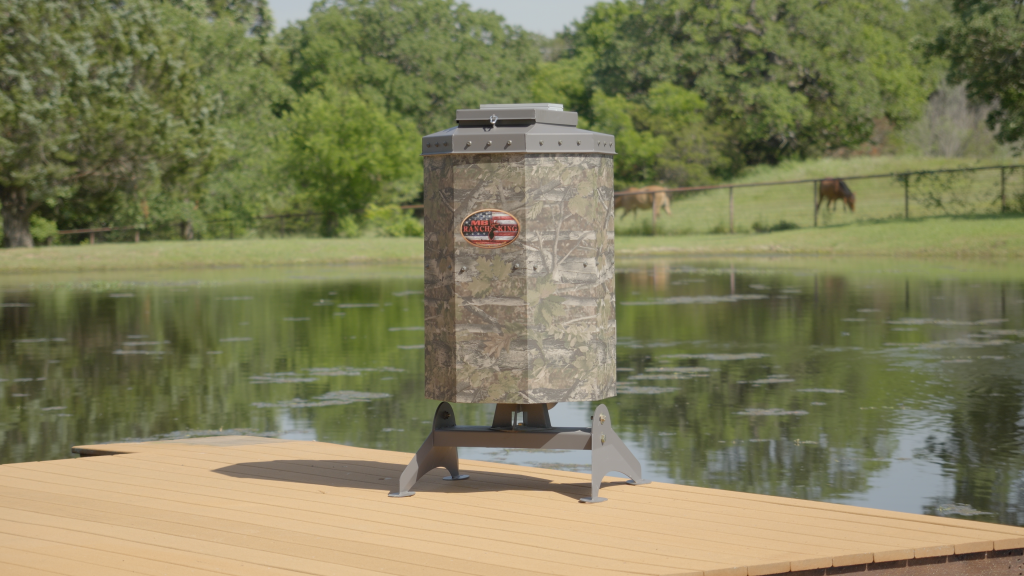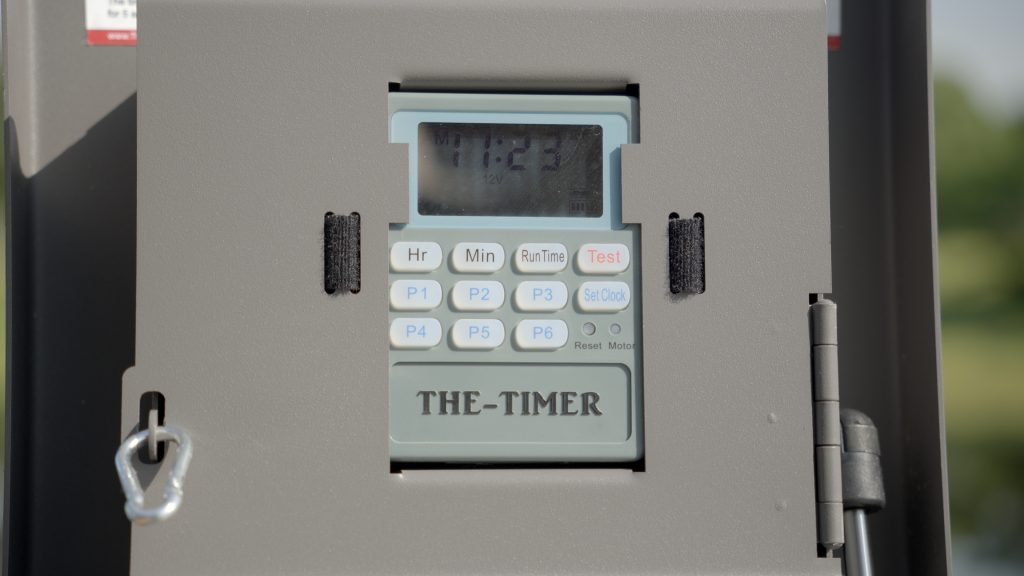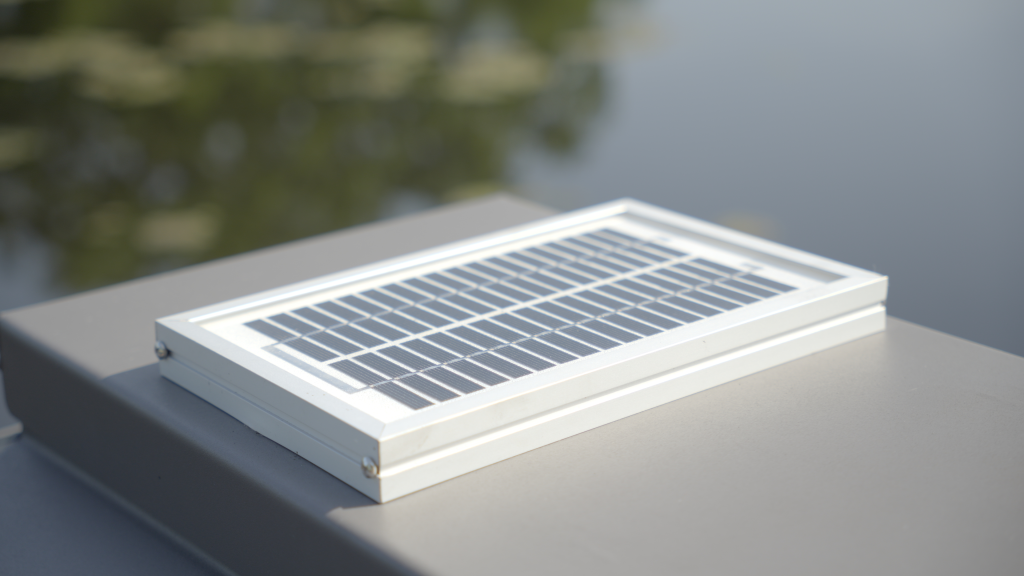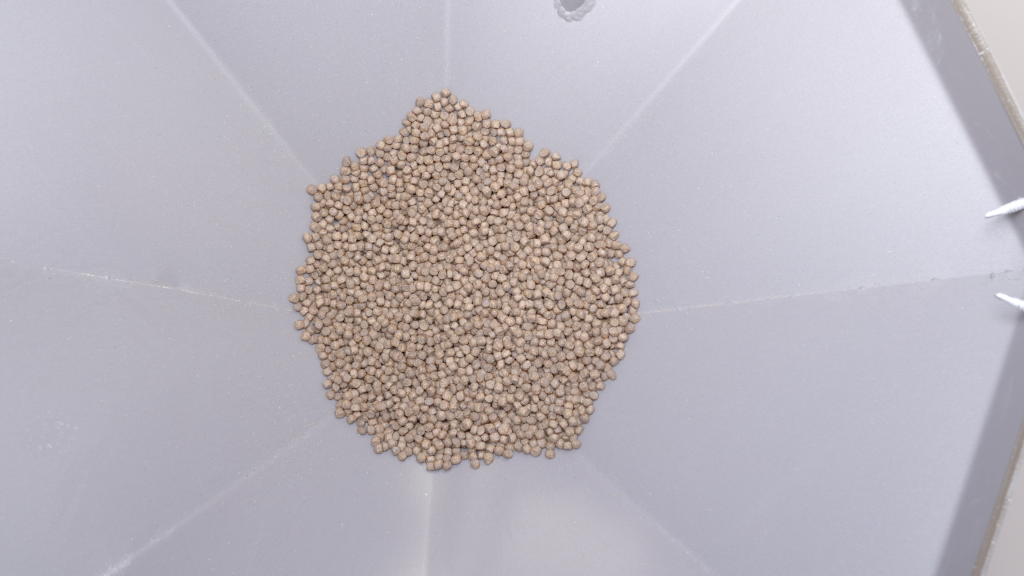
What Are Automatic Fish Feeders?
Fish feeders are automated devices that dispense food to fish at predetermined intervals. They are essential tools for maintaining a healthy fish population, ensuring that your fish receive the right amount of nutrition consistently. Fish feeders come in various types and designs, each catering to different needs and environments, including pond fish feeders which are specifically designed to enhance the fishing experience in ponds by increasing fish populations, drawing fish closer to the water surface, and providing a reliable food source for growing bigger fish.

Types of Pond Fish Feeders
1. Automatic Fish Feeders
Automatic fish feeders are the most common type and are ideal for both aquariums and outdoor ponds. They can be programmed to release food at specific times, ensuring your fish are fed even when you’re not around.
2. Directional Fish Feeders
Directional fish feeders are designed to dispense food in a specific direction, making them perfect for large ponds and lakes. They are often used in commercial fish farming and for feeding fish in larger bodies of water.
3. Broadcast Fish Feeders
Broadcast fish feeders scatter food over a wide area, making them suitable for larger ponds and lakes. They ensure that food is evenly distributed, allowing all fish to have equal access to nutrition.
4. Solar Fish Feeders
Solar fish feeders are an innovative type of automatic fish feeder, designed specifically for outdoor water bodies like ponds and lakes. Powered by solar energy, these feeders offer a reliable and efficient way to maintain consistent and controlled feeding schedules. Their durability, weather resistance, and large food capacity make them a convenient solution for ensuring the well-being of the fish population
Benefits of Using Fish Feeders
1. Consistent Feeding Schedule
Fish feeders ensure that your fish are fed consistently, which is crucial for their health and growth. Consistent feeding schedules help maintain a stable environment and reduce the risk of overfeeding or underfeeding.
2. Improved Fish Health
Regular feeding with a fish feeder ensures that your fish receive the necessary nutrients, promoting better health and growth. It also helps in preventing malnutrition and related diseases.

3. Convenience
Fish feeders offer unparalleled convenience, allowing you to maintain your fish feeding schedule even when you’re not at home. This is particularly beneficial for busy individuals or those who frequently travel. By using a timed feeding controller like the “The-Timer” ensures fish are fed on a regular schedule.
4. Cost-Effective
Using a fish feeder can be more cost-effective in the long run, as it helps prevent wastage of food and ensures that the food is used efficiently. Controlling how much food is dispensed is vital to prevent wastage and ensure the efficient use of fish food, aligning with the benefits of using fish feeders for improved fish health and cost-effectiveness.
Choosing the Right Fish Feeder
1. Consider the Size of Your Pond or Aquarium
The size of your pond or aquarium will determine the type of fish feeder you need. Larger bodies of water may require directional or broadcast feeders, while smaller ponds or aquariums may only need automatic feeders.
2. Type of Fish
Different species of fish have different feeding habits and nutritional needs. Ensure that the fish feeder you choose is compatible with the type of fish you have.
3. Budget
Fish feeders come in a range of prices. Determine your budget and choose a feeder that offers the best value for money without compromising on quality.
4. Power Source

When selecting an automatic fish feeder, consider the benefits of choosing one with a rechargeable battery. Feeders powered by rechargeable batteries can save you time and money, are more environmentally friendly, offer greater flexibility in placement, and typically have a longer lifespan, making them a convenient and reliable choice.
Installation and Maintenance
Installation
Installing a fish feeder is a straightforward process. Most feeders come with detailed instructions. Ensure that the feeder is securely mounted and positioned correctly to dispense food effectively.
Maintenance
Regular maintenance is essential to ensure the longevity and efficiency of your fish feeder. Clean the feeder regularly and check for any signs of wear and tear. Replace parts as necessary to keep the feeder in optimal working condition. It’s important to choose feeders that prevent food wastage by ensuring efficient distribution and minimizing blockages, as this helps in maintaining a consistent and reliable feeding experience while protecting the fish food to minimize waste.
Best Practices for Using Fish Feeders: Feeding Schedule
Fish feeders play a crucial role in supporting the food chain by feeding forage fish and smaller fish, which leads to the growth of larger fish and bigger fish, ultimately helping anglers catch bigger fish and grow trophy bass. By providing a consistent and controlled feeding schedule, fish feeders ensure that forage fish like bluegills, minnows, shiners, shad, and small catfish have the nutrients they need to thrive and reproduce. This, in turn, supports the ecosystem by promoting the growth of larger sport fish such as trout, bass, and catfish. The efficiency of using fish feeders over stocking forage fish for growing larger sport fish is notable, as it allows for a more controlled and cost-effective way to build a thriving fish population.
1. Monitor Feeding
Even with an automated feeder, it’s important to monitor the feeding process regularly. Check that the feeder is dispensing the right amount of food and that your fish are consuming it.
2. Adjust Feeding Schedules
Adjust the feeding schedule based on the needs of your fish and the changing seasons. Fish may require more or less food depending on factors such as temperature and activity levels.
3. Use High-Quality Fish Food

Invest in high-quality fish food that meets the nutritional needs of your fish. Avoid cheap, low-quality food that may harm your fish’s health.
Conclusion
Investing in a fish feeder can greatly enhance your fishing experience by ensuring that your fish are well-fed and healthy. By choosing the right type of feeder and following best practices, you can create a thriving aquatic environment. Regular maintenance and monitoring will ensure that your fish feeder remains effective and efficient, providing you with peace of mind and more time to enjoy your fishing activities. Additionally, fish feeders play a crucial role in the even distribution of food across the lake’s surface, ensuring all fish have access to nutrition.


